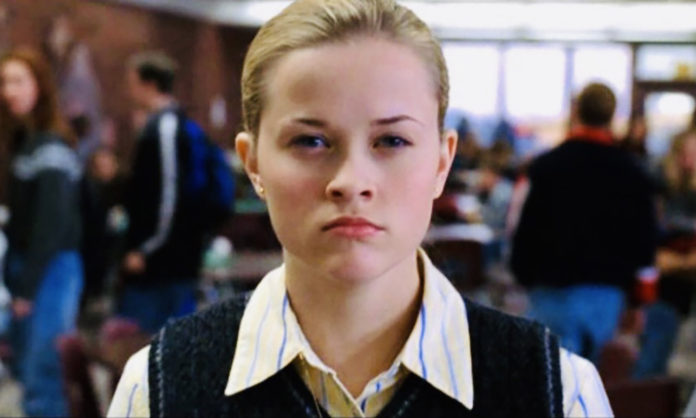In a post on Lit Hub, Tom Perrotta offers advice for keeping your story’s momentum going.
In Perrotta’s case, his own first novel was rejected multiple times, generally for the same reason: the story stalled at the halfway point. Although disappointed, Perrotta knew the editors were right. “I could feel the narrative energy leaking away as the characters spun off into their separate orbits,” he writes. “As hard as I tried, I couldn’t figure out a way to counteract the centrifugal force of my premise, which meant that I didn’t know how or where to end the book.”
His next novel – Election – was more successful. “Unlike its predecessor, Election came equipped with a built-in time frame, a central narrative question, and a clear endpoint,” Perrotta says. “Throughout the entire process, I never had to ask myself where I was going or what I should focus on, even though I was juggling four main characters and six narrators. If I felt lost, I just had to ask myself: What happens next with the election?”
Since then, Perrotta has tried to set his novels in a space with a clearly defined time frame. “In all these cases, the endpoint — though not the ending itself — is built into the structure of the novel,” he says. “The time frame anchors the narrative and defines the field of play. Anything can happen in that space, and I’m happy to let my characters range freely within its confines, surprising me in any way they can.”












